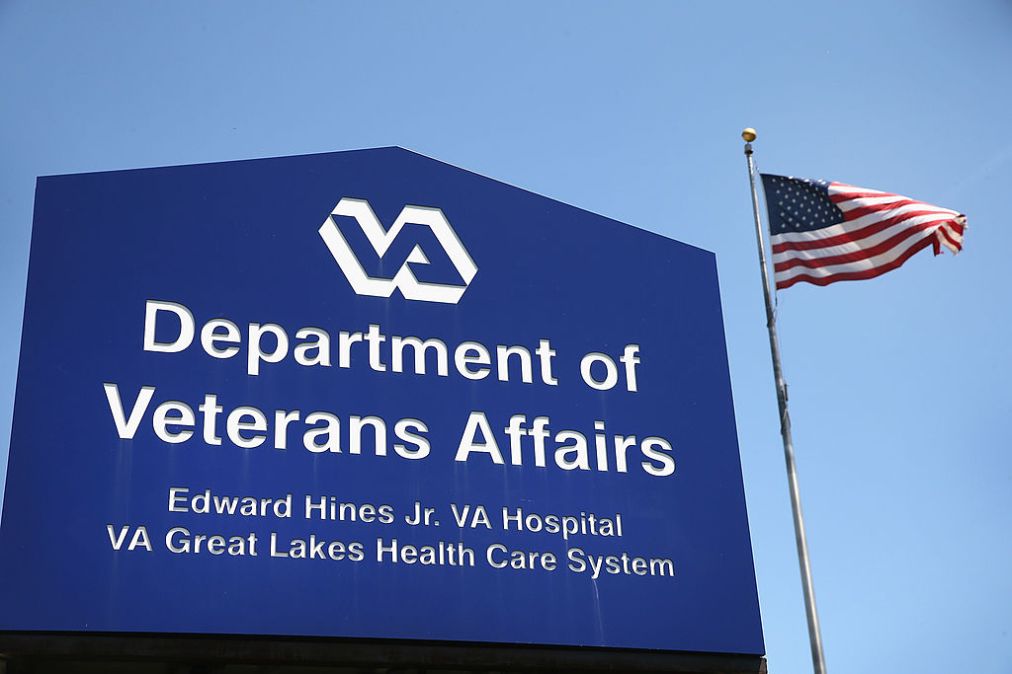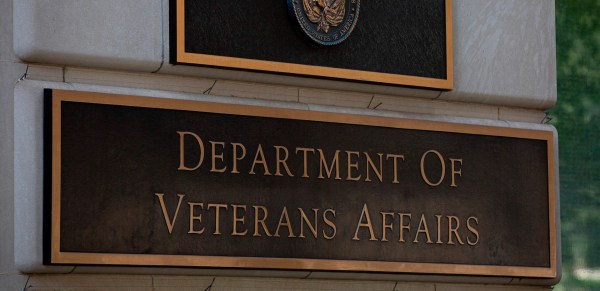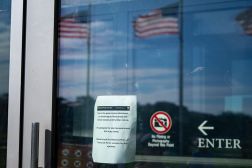VA to complete EHR deployment at nine more facilities

The Department of Veterans Affairs is set to complete the deployment of its federal Electronic Health Record system at nine more medical facilities next year, the agency announced Friday.
According to the press release, the VA will have implemented the EHR in 13 facilities by 2026 and could deploy the system at all facilities as early as 2031. The agency said it is pursuing a “market-based approach” to site selection in order to scale up the number of concurrent deployments. The VA said it is aiming to adopt a standard baseline for products, workflows and integrations that are aligned with the recommendations of subject matter experts.
VA Secretary Doug Collins said in the press release that the agency “can and will move faster on this important priority, but we’re going to listen to our doctors, nurses and vendor partners along the way in order to ensure patient safety, quality and customer service.”
The VA’s deployment of its EHR system has faced myriad challenges over the past several years, resulting in continuing scrutiny from Congress, the VA’s Office of Inspector General and the Government Accountability Office.
Most recently, the House Veterans Affairs subcommittee on technology and modernization questioned the agency’s ability to deliver on plans to deploy the EHR to four Michigan facilities in February.
Neil Evans, the acting program executive director for EHR, wrote in congressional testimony that the VA developed the federal EHR system baseline, a tool that provides information on over 2,300 technology and functional components that make up the system. Additionally, he said the agency is looking to use “learning labs” to let end users practice skills in a simulated environment before the completed deployment, or “go-live.”
Evans also shared that improved and new approaches include the offering of informal tip-sharing sessions, streamlined computer-based training and more.
Carol Harris, the GAO’s director for IT and cybersecurity issues, said during the same hearing that there “are a lot of very important accomplishments, but at the same time, there’s still a very large amount of work that needs to be completed with regard to the continued changes to the system, the configuration changes as well as these user-driven projects.”
Harris said that those changes combined with what the VA is already doing to four sites ready to go live is going to take “a tremendous amount of resources.” The watchdog is concern, she added, in the absence of an integrated schedule and a cost estimate for the go-live.
“It’s just a big unknown,” Harris said.






